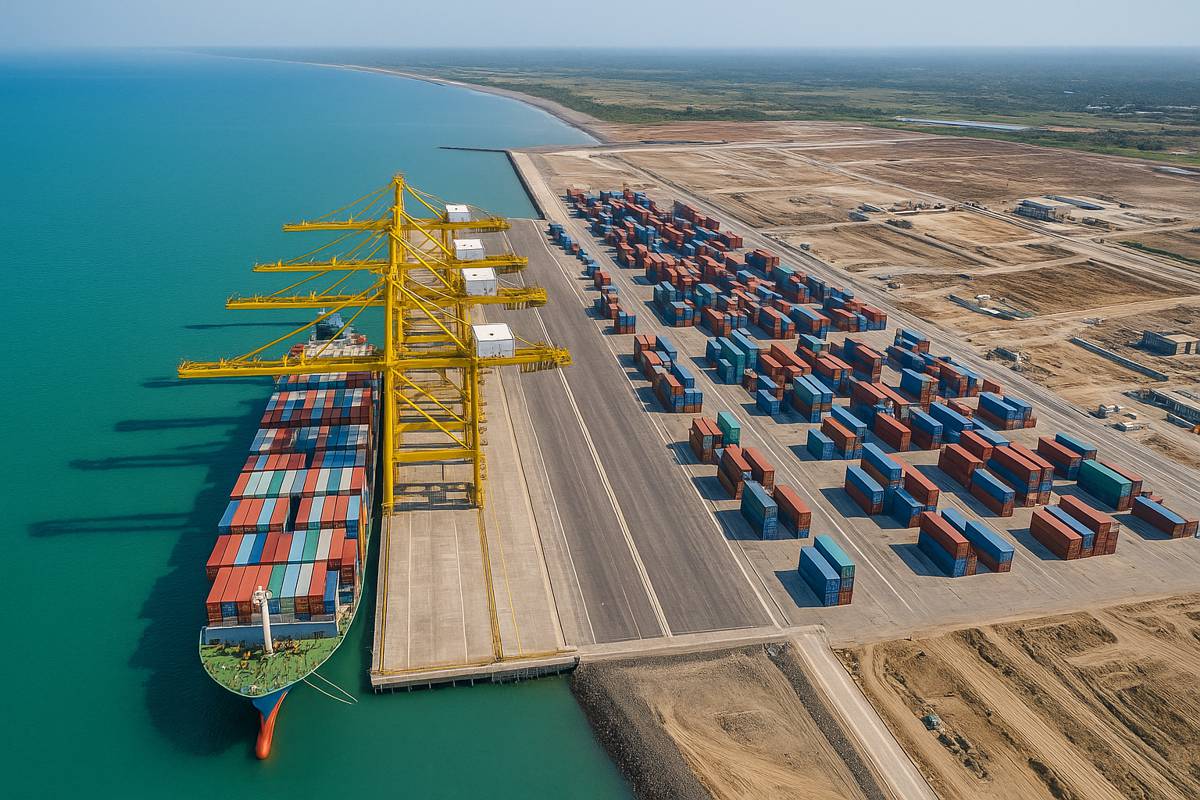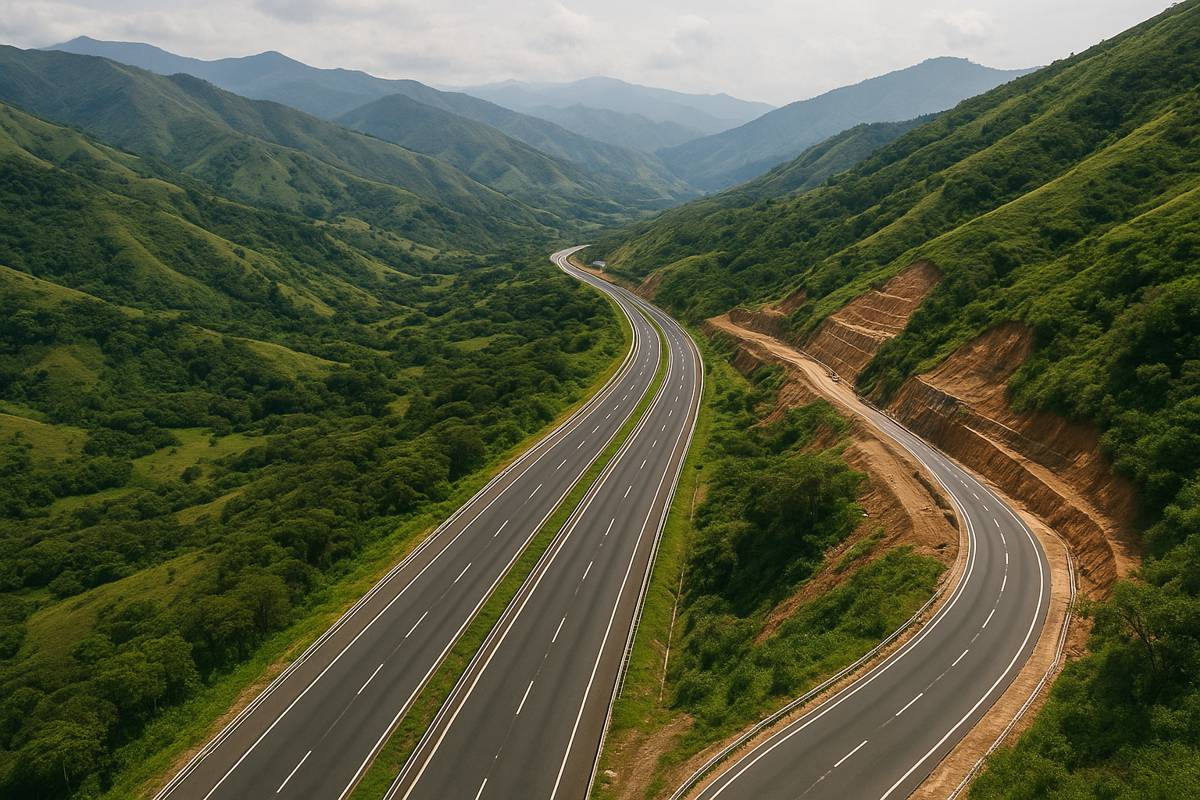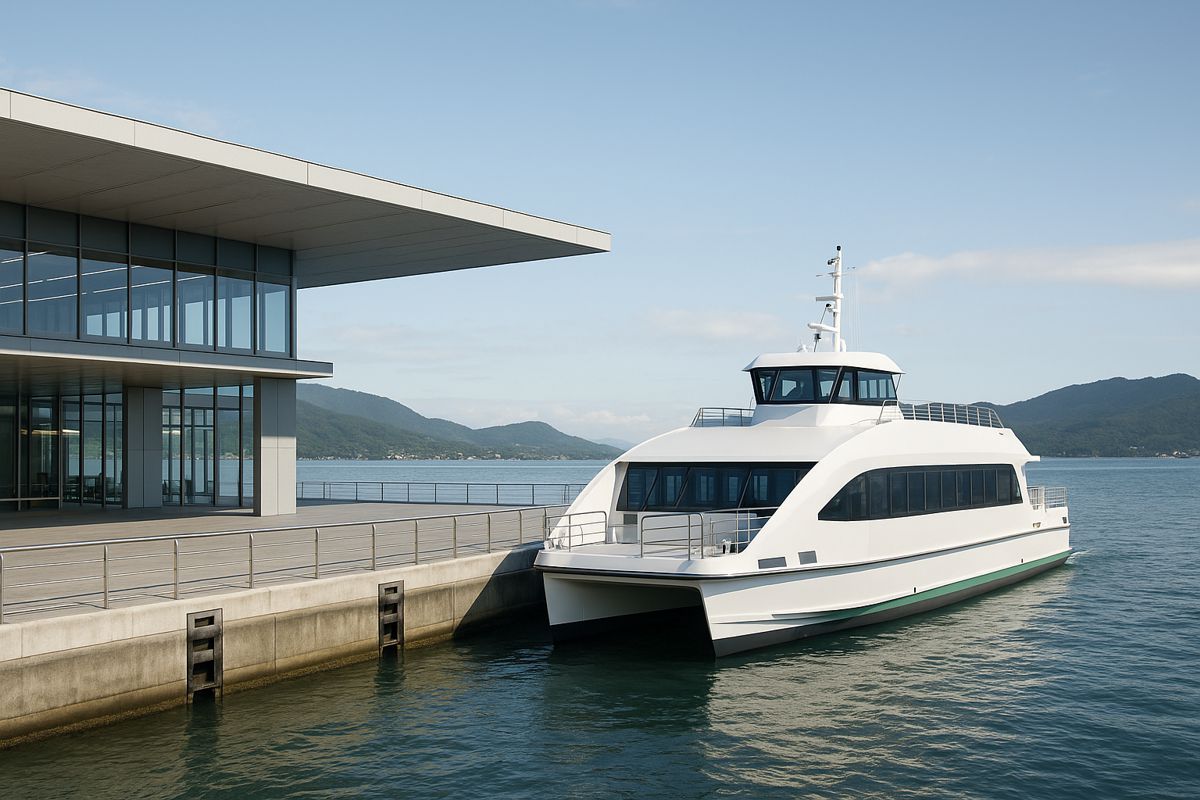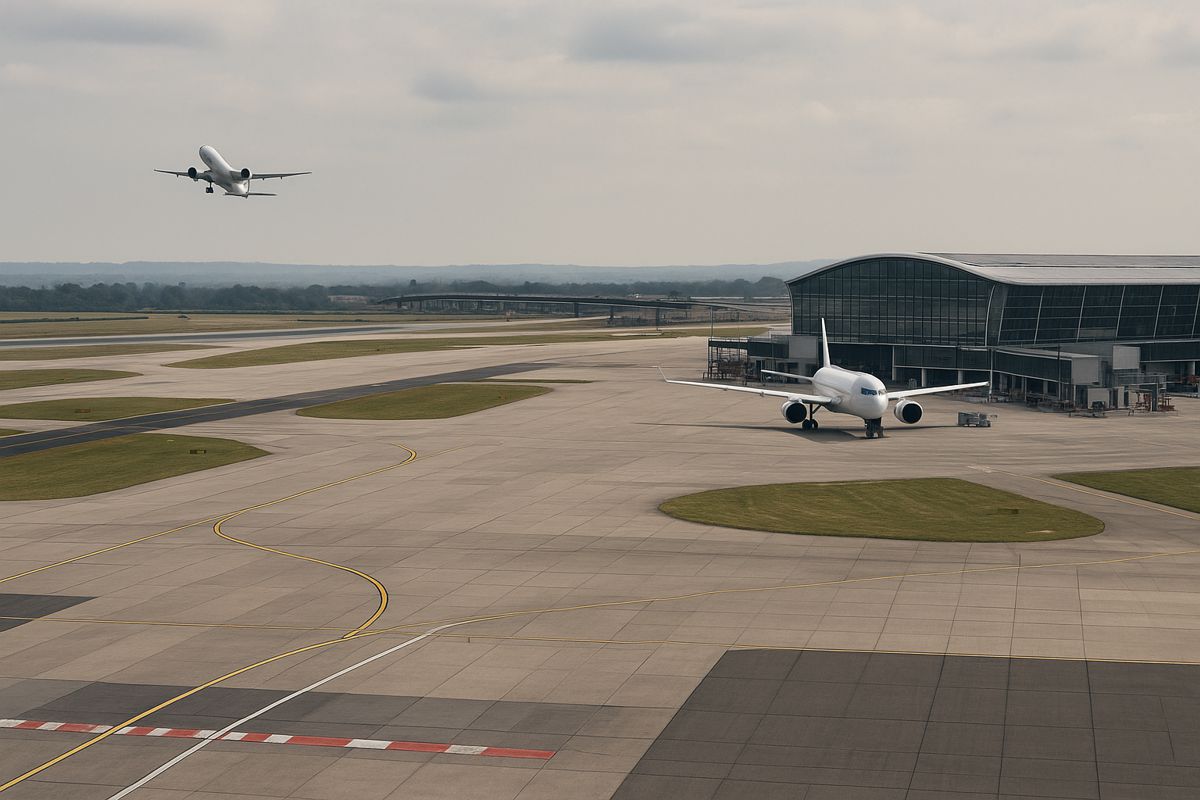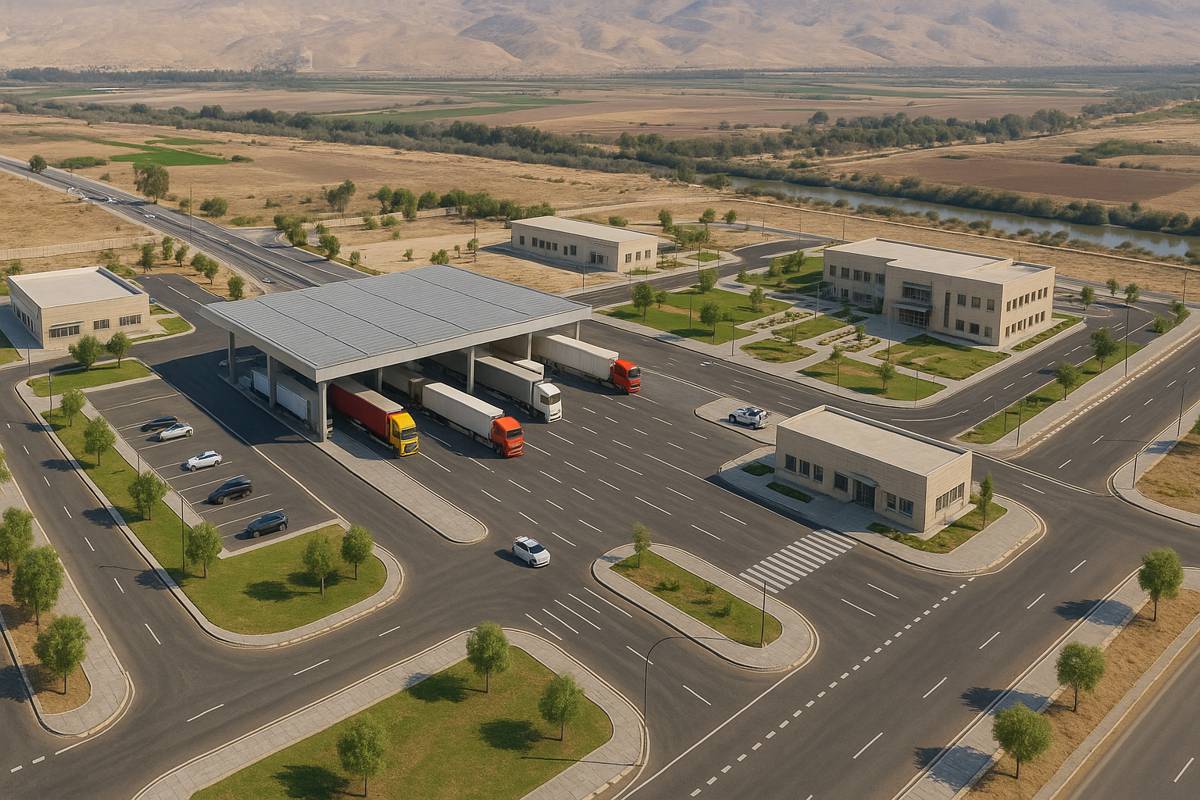ADB Finances Kazakhstan’s Strategic Saryagash Bypass Highway
Kazakhstan’s ambitions to cement its role as a crucial Eurasian transport gateway have received a major lift, with the Asian Development Bank (ADB) approving a sovereign-guaranteed loan worth the equivalent of 400 million US dollars for KazAvtoZhol National Company JSC.
The project finance funding will fast-track the development of the Saryagash Bypass Road, a transformative 102 kilometre highway designed to strengthen regional connectivity, streamline cross-border logistics, and enhance highway safety.
While Kazakhstan has long served as a bridge between East Asia and Western Europe, the nation continues to expand and modernise its transport corridors to unlock untapped economic opportunities. This latest investment arrives at a pivotal moment as Central Asia ramps up its ambitions to become a powerhouse for global trade and sustainable transport infrastructure.
Why the Saryagash Bypass Matters
Situated in the southern Turkistan region, the Saryagash area sits close to Kazakhstan’s busiest land border crossing with Uzbekistan. Heavy transit traffic has long strained the existing road infrastructure, and congestion near Saryagash city has hindered trade flow and limited economic mobility.
Once completed, the new bypass highway will divert long-haul freight vehicles away from urban zones, dramatically easing congestion, improving local air quality, and cutting journey times. Crucially, the project integrates a modern smart traffic management system, promising safer, more efficient transport operations.
ADB’s Country Director for Kazakhstan Utsav Kumar stressed the significance of this strategic investment: “The Saryagash Bypass Road will strengthen Kazakhstan’s trade and transport links within the region and with external markets in East Asia and Western Europe, helping unlock the country’s potential as a key transit hub. The project will contribute to the economic development of the Turkistan region by providing easier access to larger markets, reducing congestion, creating employment opportunities, and promoting tourism.”
This forward-looking approach aligns with Kazakhstan’s long-term vision to diversify trade routes, strengthen transcontinental logistics capacity, and build a greener, more resilient road network.
Strengthening the CAREC Corridors
The new bypass route forms a critical link between two major Central Asia Regional Economic Cooperation (CAREC) corridors: Corridor 3 and Corridor 6. These corridors represent strategic arteries connecting Kazakhstan to neighbouring economies, supporting freight movement and cross-border commerce.
The CAREC programme, backed by ADB, has grown into a powerful platform promoting sustainable infrastructure and economic integration across 11 member countries. Its transport network alone spans more than 29,000 kilometres, underpinning regional supply chains that continue to grow in significance as global trade flows shift and diversify.
By connecting with established CAREC corridors, the Saryagash Bypass becomes far more than a regional bypass road. It becomes a catalyst for wider economic integration, promoting competitiveness and supporting Central Asia’s role in global value chains.
Institutional Strengthening and Sustainable Transport
In addition to financing road construction, ADB’s investment will help strengthen KazAvtoZhol’s institutional capabilities. The support extends into performance-based maintenance systems, road safety initiatives, and climate resilience programmes.
KazAvtoZhol already oversees highways of national and international significance, playing a central role in transport planning, construction, and maintenance across Kazakhstan. Enhancing its capability is vital to sustaining the country’s expanding road network in the face of rising trade flows, climate pressures, and rapidly evolving digital infrastructure.
ADB’s approach goes beyond roads, placing strong emphasis on inclusive development. The bank notes that the project will include targeted support for women and girls, reflecting a wider commitment to equality and social development in infrastructure delivery.
ADB’s Role in Kazakhstan’s Long-Term Growth
Kazakhstan’s partnership with the Asian Development Bank continues to deepen. Since joining the institution in 1994, the country has received more than 7.5 billion US dollars in loans, grants, and technical support. Past initiatives have strengthened key sectors such as energy, transport, finance, and public sector management.
Founded in 1966, ADB today includes 69 member states, 50 of which come from the Asia-Pacific region. Through innovative finance and strategic development partnerships, the bank strives to foster sustainable and inclusive growth across one of the world’s most dynamic regions.
Looking at the Bigger Picture: Eurasian Trade Evolution
The timing of this investment could not be more significant. As global trade routes evolve in the wake of shifting geopolitical currents and supply chain diversification, Central Asia is emerging as a critical land bridge between China, Europe, and the Middle East.
Kazakhstan sits at the heart of this transformation. Alongside road infrastructure, the country is investing in digital trade corridors, rail connectivity, dry ports, and customs modernisation. The Saryagash Bypass adds another strong piece to this puzzle, enhancing multimodal logistics efficiency.
International trade analysts have repeatedly emphasised the strategic advantages Kazakhstan holds. According to the World Bank, seamless cross-border transport connectivity in Central Asia could lift trade volumes by up to 30 percent, boosting growth, improving competitiveness, and unlocking new investment opportunities.
Advancing Smart and Sustainable Road Infrastructure
As construction and highway industry professionals know well, the future of mobility demands more than concrete and asphalt. The Saryagash project’s integration of smart traffic management reflects a growing trend across Central Asia and beyond.
Smart mobility systems help reduce accidents, cut emissions, and optimise freight movement. For Kazakhstan, such advances represent a shift towards a sophisticated national logistics network designed to meet tomorrow’s trade demands.
Strong Foundations for Continued Growth
With robust international backing, national commitment, and an eye firmly on future trade dynamics, Kazakhstan’s transport infrastructure development continues gathering pace. The Saryagash Bypass Road is set to play a vital role in strengthening regional connectivity, easing urban congestion, and unlocking new economic pathways.
As Central Asia’s trade landscape evolves, this project stands as a testament to Kazakhstan’s strategic positioning and its vision to serve as a cornerstone of modern Eurasian logistics.
Driving Progress in Central Asia’s Transport Future
With major investments like this one, Kazakhstan isn’t just building roads. It’s laying foundations for prosperity, resilience, and innovation across generations. Road by road, the nation is carving out a competitive future, positioning itself as a central player in global supply chains.
As this ambitious project unfolds, industry leaders, policymakers, and investors will be watching closely. If Kazakhstan continues along this forward-thinking path, its role as a key Eurasian transit hub will only grow stronger.












